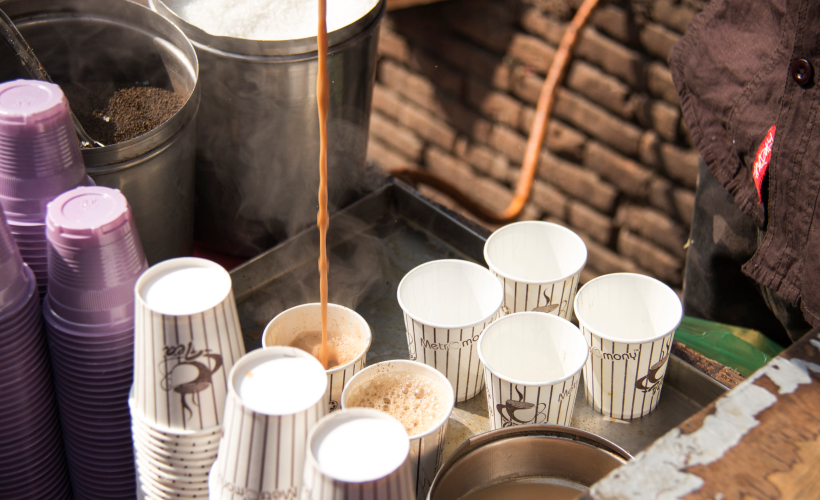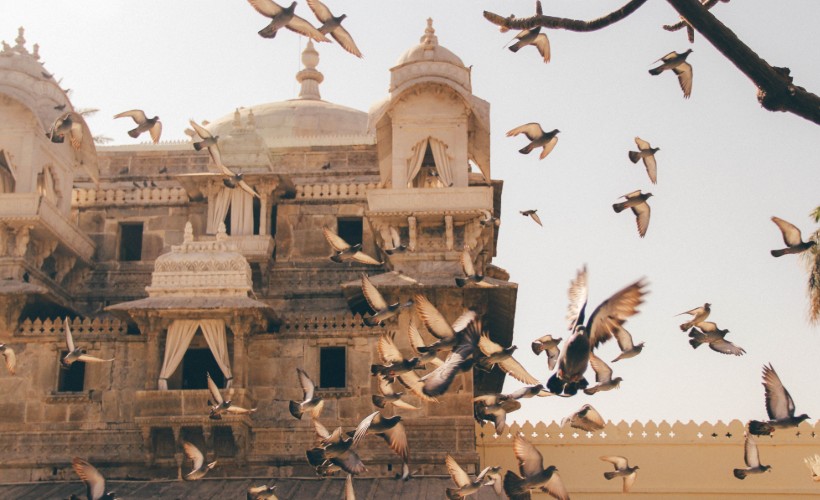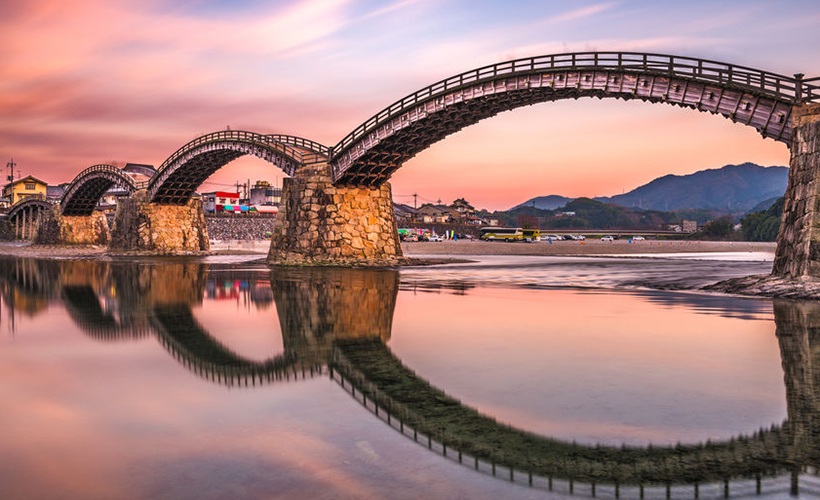
Looming over the Nishiki River in the city of Iwakuni in Yamaguchi Prefecture is a historical wooden bridge. Built in 1673, the Kintai Bridge was constructed without nails, using only Japanese cypress, chestnut, and oak. Five high arches give it its iconic form and are said to represent Japan’s main island – western Honshu.
Historically, Kintai Bridge was thought to make crossing the river more difficult for enemy armies. While it may have been able to withstand enemy armies, a typhoon destroyed it in 1950 and it was rebuilt in 1953. This time, parts of the original bridge and traditional techniques were used while incorporating nails made from tatara iron which was once used to forge swords.
Lying at the foot of Mount Yokoyama (at the top of which stands Iwakuni Castle), the Kintai Bridge leads to Kikko Park. Wander around and you’ll see many 19th century buildings, including the Kikko shrine, a wooden storehouse constructed in 1885 called Kinunkaku, and homes where samurai families once lived.
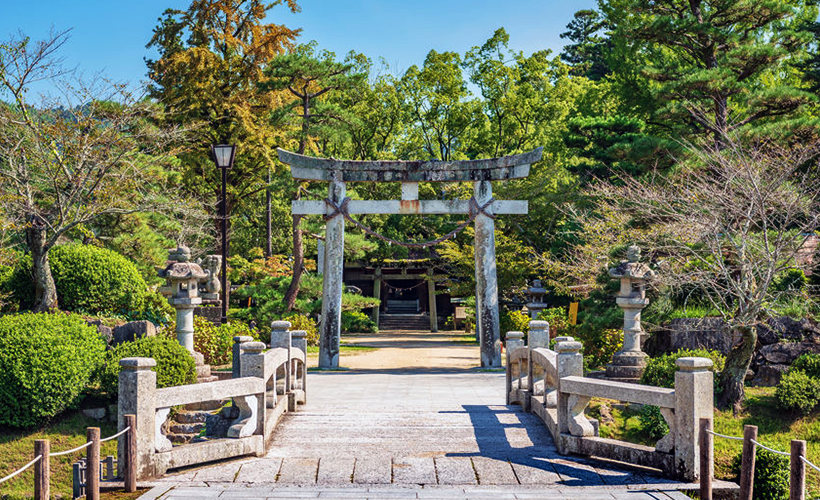
From here, about three minutes and a 200-metre ascent away, wanderlusters can visit Iwakuni Castle that features samurai armour and other artefacts on display. Come here to discover more about Japan’s rich royal history and royal architecture. A climb to the top of the observatory rewards visitors with magnificent views of Iwakuni city and the surrounding areas.
Another interesting reward for crossing the bridge are the two rival ice cream shops found on the other side. Both shops insist that they’re the ‘original’ and both offer 100 different flavours of ice cream including unique tastes like wasabi, tomato, and sweet potato. The parlours have a friendly rivalry that extends so far that they’ve been nicknamed Sasaki Kojiro and Miyamoto Musashi – two rival samurai.
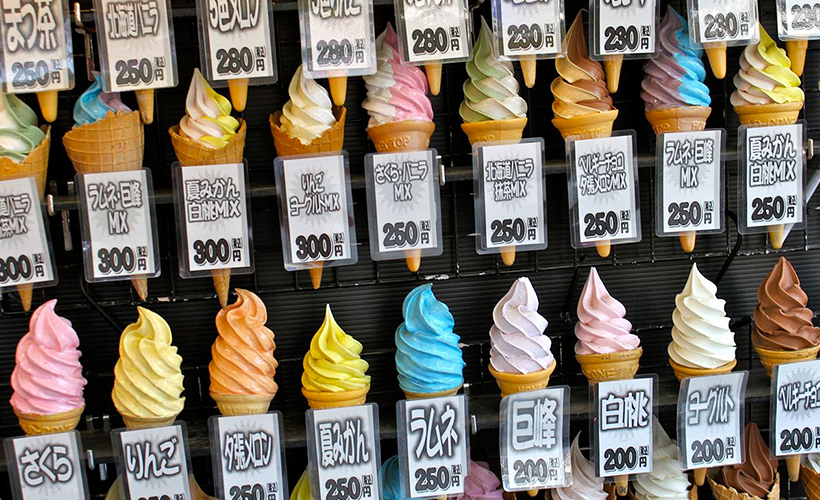
The area around the Kintai Bridge and Kikko Park is so picturesque that it was awarded two stars in the 2013 Michelin Green Guide to Japan. What’s particularly beautiful is the ever-changing façade of the bridge that transforms throughout the day and the year. The different seasons bear their own striking features too.
Each spring (March to April) nearly 3000 cherry trees blossom in Kikko Park and around the bridge, making it one of the top 100 places in Japan to see the cherry blossoms bloom. The pinks slowly fade into summer and then autumn, when the surrounding foliage turns red, orange, yellow, and brown.
The Kintaikyo Iwakuni Fireworks Festival is the second biggest fireworks show in the prefecture and happens annually on the first Saturday of August. Although the duration of the show is only about 90 minutes long, visitors tend to make a day of the festivities. People often spend the day picnicking on the banks of the river and playing in the water or enjoying food from the nearby stalls. Game stalls are set up in the area to provide entertainment, and taiko (traditional drum) performances start around sunset with the fireworks following at 8pm.
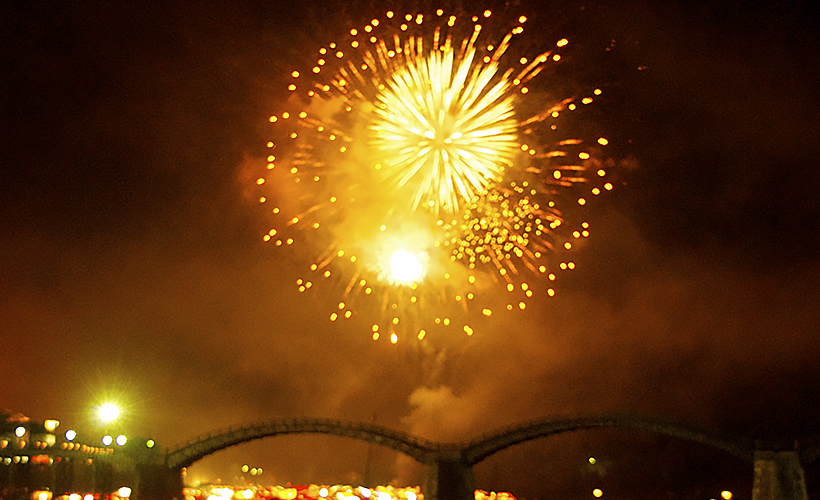
Despite buzzing with activity, being around the Kintai Bridge offers the city’s visitors a reprieve from the larger Japanese cities. While the bridge alone is enough to attract tourists, the promise of festivities, fireworks, cherry blossoms, and 100 flavours of ice cream makes this area even more appealing for those visiting Japan.

